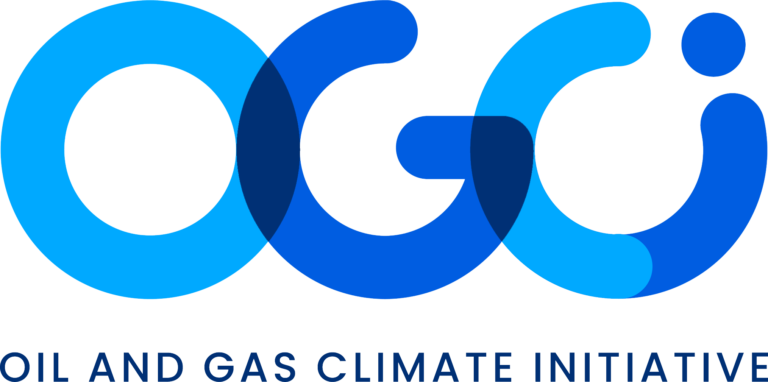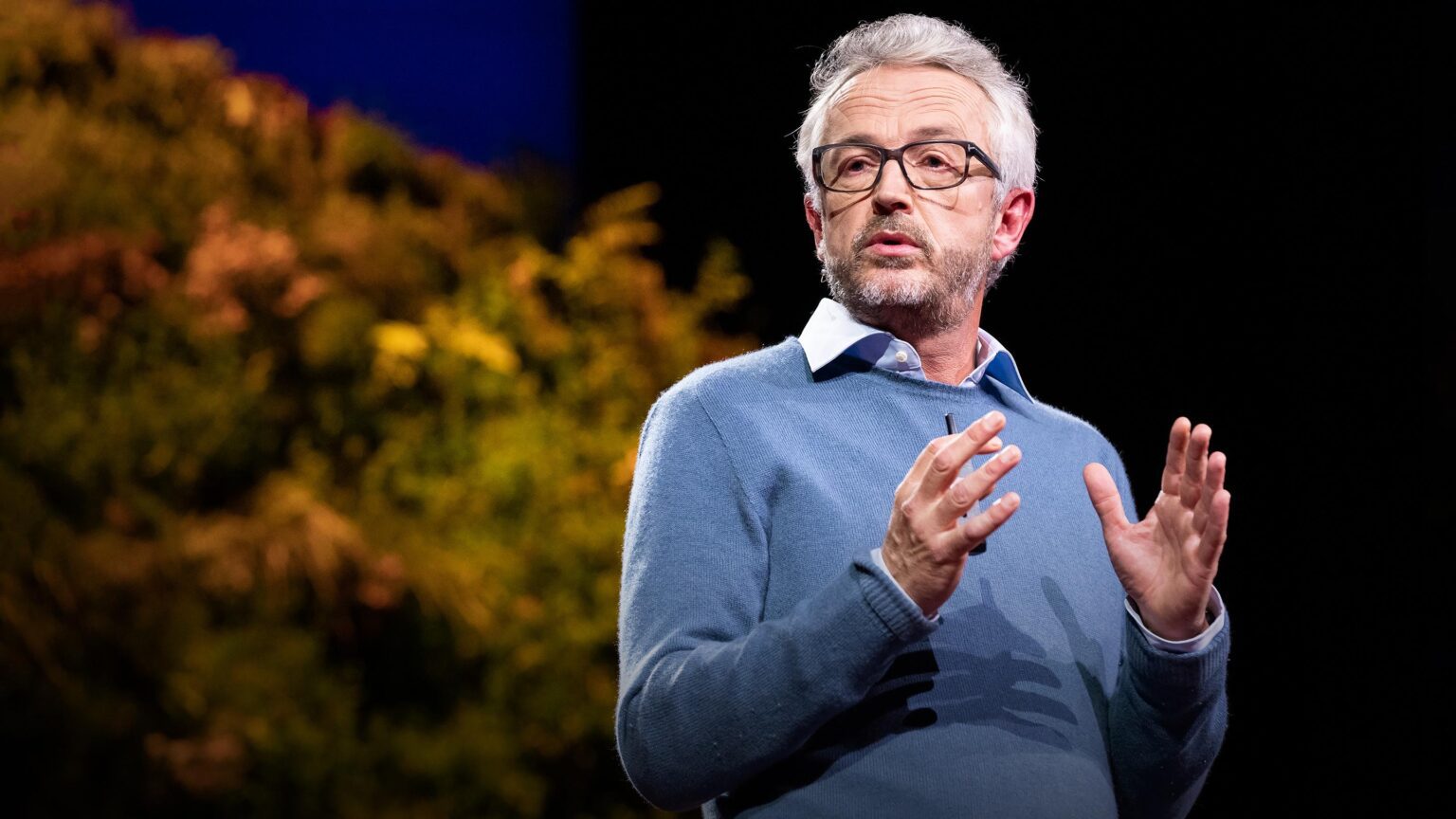Bjørn Otto Sverdrup – OGCI Executive Committee Chair and Head of OGDC Secretariat
LONDON, February 12, 2025: This week, I’m participating in an India Energy Week leadership panel focused on reducing methane emissions from the oil and gas industry, without compromising energy security or affordability.
Methane emissions from oil and gas represent around half the sector’s total greenhouse gas (GHG) emissions. Reducing those emissions could deliver a significant near-term reduction in the pace of global warming and help meet Paris Agreement ambitions.
India – a major global energy consumer – is already aware of its role in reducing emissions while balancing the need to develop its economy.
Its government is targeting a reduction in the carbon intensity of its economy by 45% by 2040.
And the country’s top two energy companies, Oil India Ltd and Oil and Natural Gas Corp. (ONGC), are already demonstrating leadership on methane emissions reductions.
Last year ONGC and Oil India signed an agreement with TotalEnergies to use its pioneering AUSEA technology to detect and measure methane emissions.
They are also both signatories to the Oil & Gas Decarbonization Charter, joining over 50 oil and gas companies, including many NOCs, in a collective industry-wide effort to reduce their upstream operated methane emissions to near zero by 2030.
The Oil and Gas Climate Initiative (OGCI) has already demonstrated that significantly reducing methane emissions is achievable. Since 2017, OGCI’s 12 member companies have reduced collective upstream operated methane emissions and routine flaring by more than 50%.
Technologies to detect and monitor methane emissions are becoming more available, and initial costs for some abatement measures are not prohibitive.
Collaborating for impact
- To help partners and other companies get a head start on methane emissions, OGCI is sharing expertise, best practice and building capabilities across the industry.
- These initiatives include the Satellite Monitoring Campaign to help partners and local operators in countries such as Iraq, Algeria and Kazakhstan, detect and reduce methane emissions.
Technology, costs reduced
- Technological advancements including satellite monitoring, drones and sensors, are making it easier to detect and address methane emissions.
- The costs of reducing a significant proportion of methane emissions are coming down. The International Energy Agency estimates that up to 40% of methane emissions reductions can be achieved at zero net cost.
- Short-term activities to reduce methane emissions can include improved flaring and venting controls, leak detection and repair campaigns, and equipment and system upgrades.
- Longer-term measures can include a build-out of gas handling infrastructure to process – and monetize – methane that would otherwise have been released to the atmosphere.
I’m looking forward to meeting my colleagues at Oil India Ltd and ONGC this week and working with them in the coming years to support their efforts to reduce methane emissions on a path to net zero operations.




